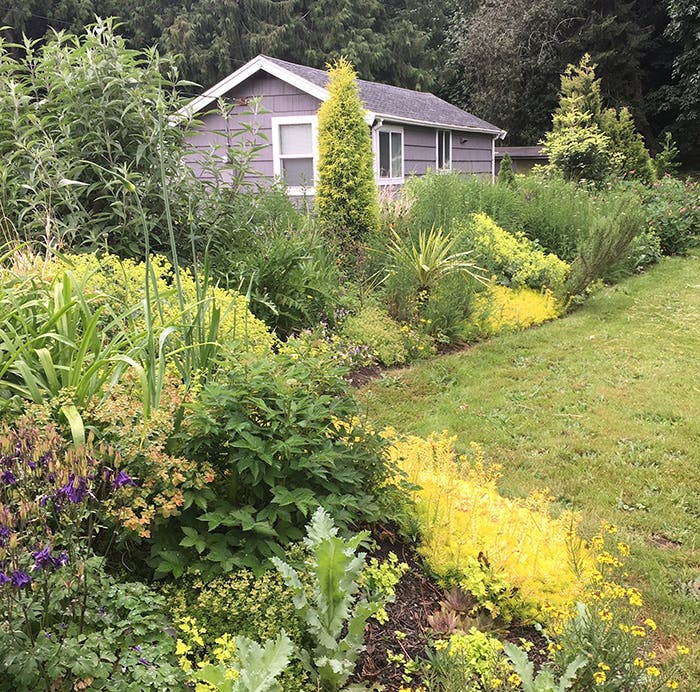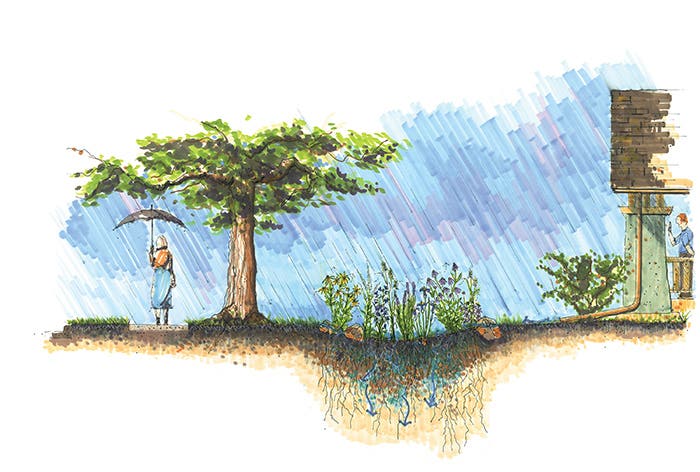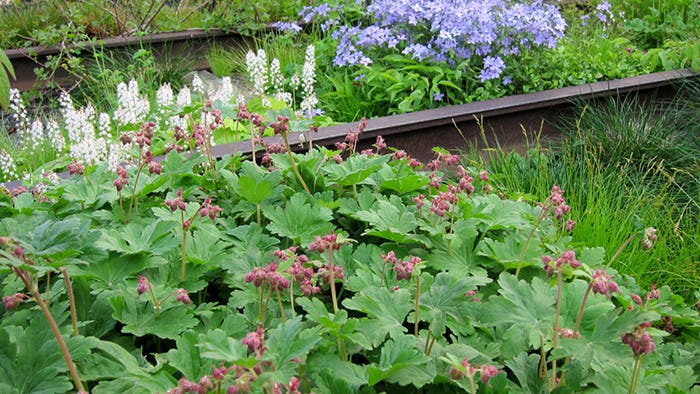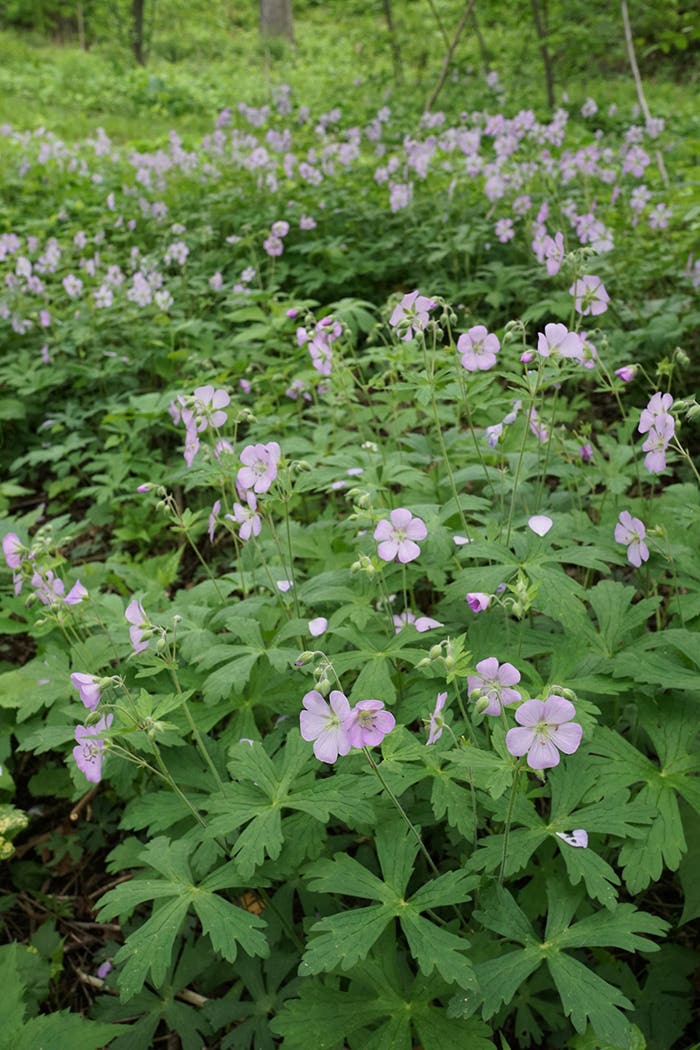Using Decomposed Granite as a Garden Paver
I am exploring hardscape options. What is decomposed granite, and its pros and cons? Answer: When it comes to landscaping, striking trees and shrubs can captivate onlookers with their beauty;…
I am exploring hardscape options. What is decomposed granite, and its pros and cons?
Answer: When it comes to landscaping, striking trees and shrubs can captivate onlookers with their beauty; however, adding hardscapes, or the non-living elements such as patios, walkways and birdbaths, can also enhance the design of your landscape.
Within the category of hardscapes there are two main options: permeable and non-permeable materials. The term “permeable,” in regards to hardscaping, simply means the ability to allow water to percolate through, seeping into the ground beneath. (For more on permeable landscapes, check out this post.)
One permeable hardscape option is decomposed granite (DG), or broken down granitic rock, similar to gravel. Depending on what you plan on using DG for, it can be very beneficial. There are two main types of this permeable hardscape: loose and stabilized. Loose DG is a great option for garden beds when used for mulching because it is rich in organic materials and minerals. Another benefit is that DG is environmentally safe and can offer an intriguing burst of color as it comes in varieties of golds, reds and greys.
When using the loose variation for patios, walkways or garden paths there are factors that you need to consider; loose granite can be easily eroded and in areas with heavy rain, it often becomes muddy and messy. Another disadvantage to DG is that if placed near your home’s entrance, the granite can mark hardwood floors if it is tracked inside, which occurs pretty easily.
The second type of DG is the stabilized variety. This variation is more expensive than the loose mixture, but is less vulnerable to erosion. This version is better suited for walkways, garden paths and patios. Again, this can mark up hardwood floors but with a good floor mat, most leftover debris can be wiped away. (You can also mix resin into your DG but this is very costly; however, this is the strongest, most durable option and is best for driveways and walkways that are susceptible to heavy traffic.)
In conclusion DG can be a great addition to your landscape; you should keep in mind what you want to use it for and what variation works best. The advantages to DG: great color, environmentally friendly, permeable (loose variation), organic and gorgeous designs. The disadvantages: not suitable for areas with heavy rainfall (however resin variety may work well), debris can scrape up floors if you're not careful and possible erosion and mud when placed incorrectly.
Image: public domain
___________________________________________________________
Learn how to design your perfect landscape with Landscape Ideas You Can Use.
Want to garden more but don’t have the time? Read The New Low-Maintenance Gardenfor great time saving gardening ideas.
Improve the look of your yard by trying these do-it-yourself design techniques in Smart Gardening Series: Landscaping Ideas.
By downloading Design Perspectives you can obtain insightful advice for improving your landscape.
A garden isn’t just about beautiful plants but also stunning hardscapes. Download the Garden How-To University: Creating a Garden – More Than Just Plants for great ideas.







